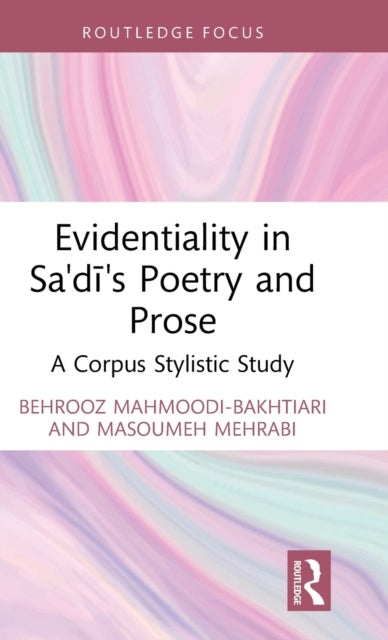
Evidentiality in Sa'di's Poetry and Prose av Behrooz Mahmoodi-Bakhtiari, Masoumeh Mehrabi
619,-
<P>This study is the first to introduce evidentiality to the stylistic analysis of literary works, specifically that of the great Persian writer Sa''di, focusing on how he used linguistic means to illustrate a real or ideational world.</P><P>The authors begin by introducing the concept of evidentiality; its definition, its coding in Persian, the rationale behind evidentiality analysis, and semantic-pragmatic functions of evidentiality. The book highlights how evidentiality can be accounted for as a stylistic device to reveal the validity of a narration, as well as the author¿s commitment and contribution to it. Three of Sa''di¿s major works are analyzed ¿ <I>Bustan, Golestan </I>and <I>Sonnets</I> ¿ using Krippendoff''s frequency approach. It is argued that Sa''di deployed an array of evidentials in his work, from direct visual evidentials in <I>Golestan </I>and <I>Sonnets </I>to heard and quoted evidentials in <I>Bustan. </I>To illustrate this, the book includes translations of Sa''di








